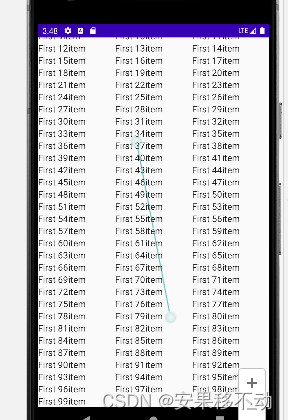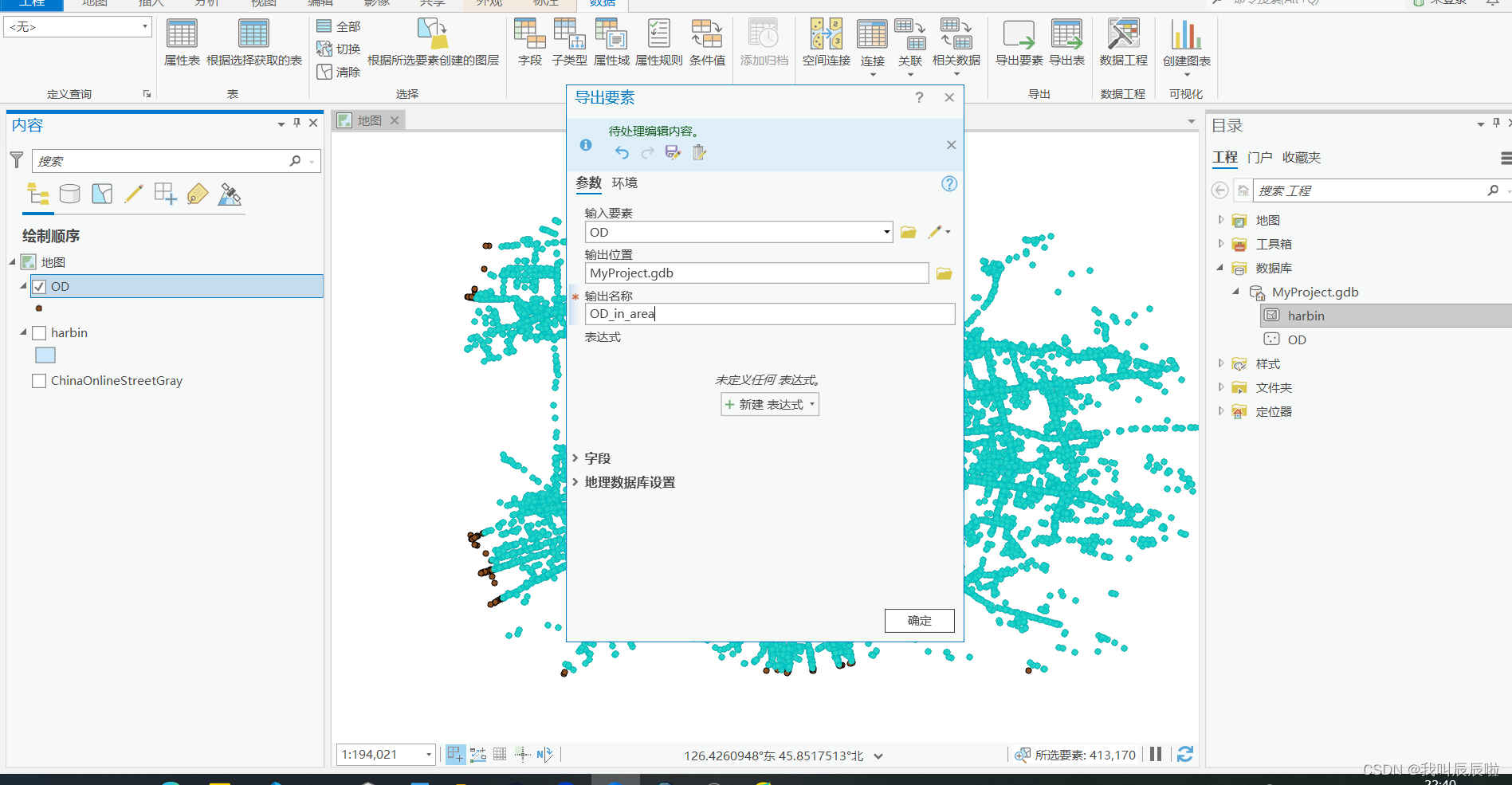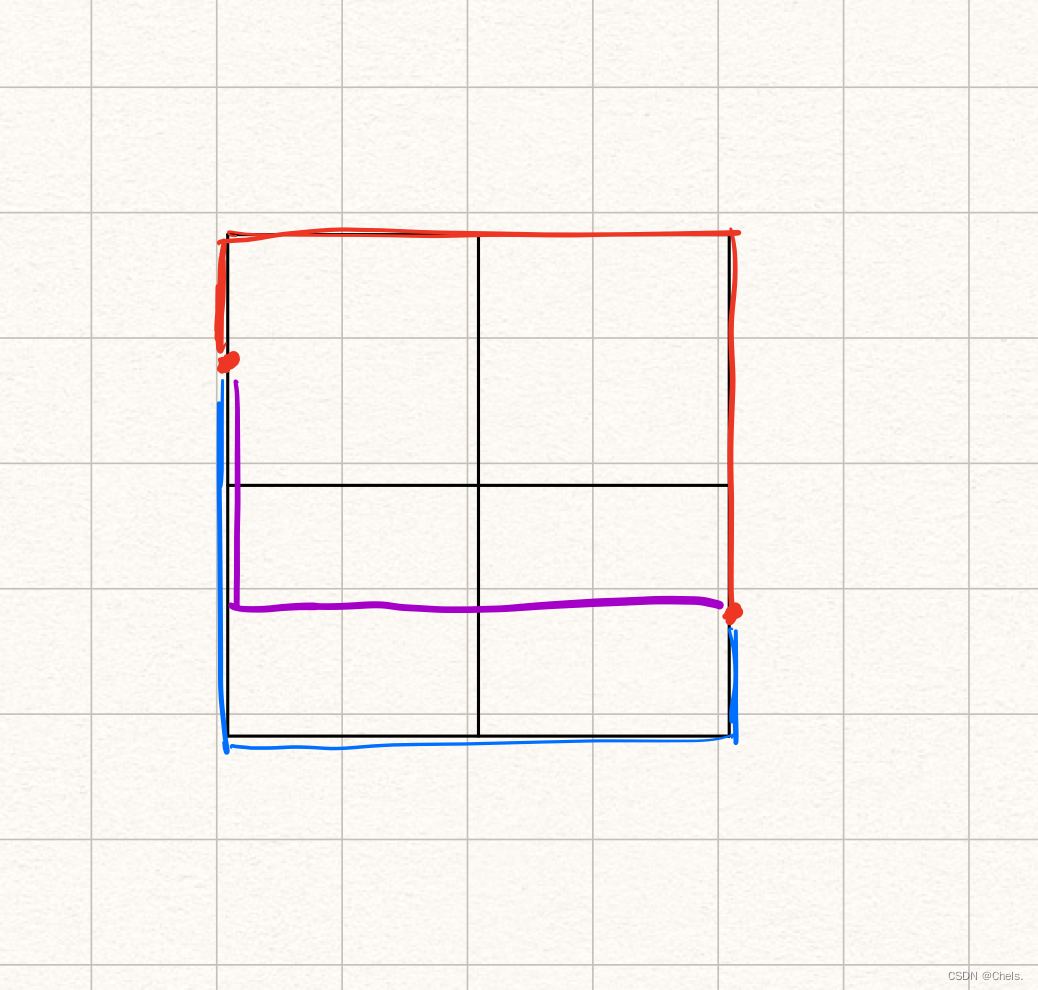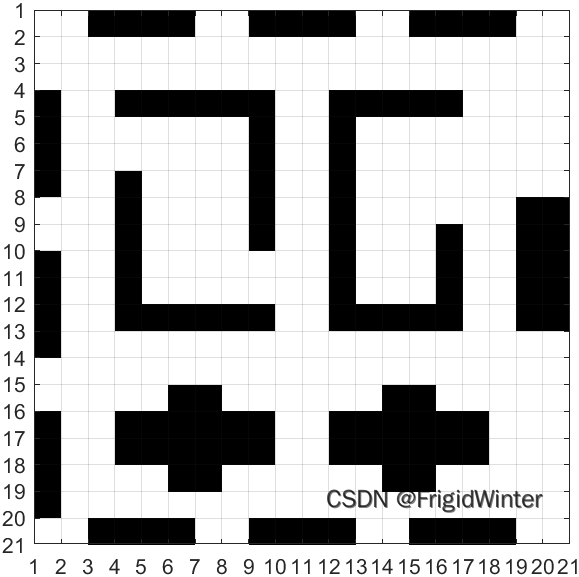当前位置:网站首页>PHP solves the problems of cache avalanche, cache penetration and cache breakdown of redis
PHP solves the problems of cache avalanche, cache penetration and cache breakdown of redis
2022-07-05 10:18:00 【Emma'】
One : Preface
Design a caching system , The question that has to be considered is : Cache penetration 、 Avalanche effect in cache breakdown and failure .
Two : Cache penetration
Cache penetration refers to querying a certain nonexistent data , Because the cache is written passively on Miss , And for the sake of fault tolerance , If no data can be found from the storage tier, it will not be written to the cache , This will cause the non-existent data to be queried by the storage layer every time it is requested , It loses the meaning of caching . A large amount of requested data is not obtained from the cache , Cause the database to go , It's possible to bring down the database , Paralyze the whole service . When the flow is large , Probably DB It's gone , If someone takes advantage of something that doesn't exist key Attack our applications frequently , This is the loophole .
For example, the article list , Generally, our primary key ID Are unsigned self increasing types , Some people want to destroy your database , Use negative numbers for each request ID, and ID Negative records don't exist in the database at all .
Solution
There are many ways to effectively solve the problem of cache penetration , The most common is the use of bloon filter , Hash all possible data to a large enough bitmap in , A certain nonexistent data will be This bitmap Intercept , Thus, the query pressure on the underlying storage system is avoided . There's also a simpler and rougher way ( This is what we use ), If the data returned by a query is empty ( No matter how many There is no such thing as , Or a system failure ), We still cache this empty result , But its expiration time will be very short , Up to five minutes .
- For things like ID Illegal requests with negative numbers are directly filtered out , Use of Blum filter (Bloom Filter). The bloon filter :
<?php
class Bloom {
// The number of hash functions
protected $hashNum = 3;
// The size of the digit group
protected $bitArrayCount = 1024*10;
// Digit group
protected $bitArray = [];
public function __construct()
{
// Build default digit group , All set to false
$this->bitArray = array_pad([], $this->bitArrayCount, false);
}
/** * obtain hash function ; That is, in the bit array , Need to be changed to true The index of * @param string $key Elements * @return array */
protected function getIndexes($key)
{
$indexes = [];
for ($i = 0; $i < $this->hashNum; $i ++) {
$index = sprintf('%u', crc32($key . $i)); // Use crc32 hash
$index = $index % $this->bitArrayCount; // obtain In digit group Location
$indexes[] = $index;
}
return $indexes;
}
/** * Add elements to the filter * @param string $key Elements to add */
public function addItem($key)
{
$indexes = $this->getIndexes($key);
// take hash The corresponding bit of the result is modified to true
foreach ($indexes as $index) {
$this->bitArray[$index] = true;
}
}
/** * Whether this element exists in the filter ; true Indicates that it is likely to exist ,false It must not exist * @param string $key Elements * @return array */
public function mightExist($key)
{
$indexes = $this->getIndexes($key);
foreach ($indexes as $index) {
if (! $this->bitArray[$index]) {
return false;
}
}
return true;
}
}
class Test
{
public function run()
{
$bloom = new Bloom();
// Add... To the filter 1000 Elements
for ($i = 0; $i < 100; $i ++) {
$bloom->addItem($i);
}
// test Filter judgment result
for ($i = 90; $i < 110; $i ++) {
$mightExist = $bloom->mightExist($i);
if ($mightExist) {
echo "might exist ", $i, PHP_EOL;
} else {
echo "not exist ", $i, PHP_EOL;
}
}
}
}
(new Test())->run();
- For records that cannot be found in the database , We still store the empty data in the cache , Of course, a shorter expiration time is usually set .
// Set up articles ID by -10000 The cache of is empty
$id = -10000;
$redis->set('article_content_' . $id, '', 60);
var_dump($redis->get('article_content_' . $id));
3、 ... and : Cache avalanche
Cache avalanche is when we set up the cache with the same expiration time , Causes the cache to fail at the same time at a certain time , Forward all requests to DB,DB Avalanche with excessive instantaneous pressure .
The reason for invalidating the cache set :
- redis The server is down .
- Set the same expiration time for cached data , This causes the cache set to fail in a certain period of time .
Solution
The avalanche effect of cache failure has a terrible impact on the underlying system . Most system designers consider using lock or queue to guarantee the single line of cache cheng ( process ) Write , So as to avoid a large number of concurrent requests falling on the underlying storage system in case of failure . Here's a simple solution to spread the cache failure time , For example, we can add a random value to the original failure time , such as 1-5 Minutes at random , In this way, the repetition rate of each cache expiration time will be reduced , It's hard to trigger a collective failure .
How to solve cache set invalidation :
- For the reason 1, Can achieve redis High availability ,Redis Cluster perhaps Redis Sentinel( sentry ) And so on .
- For the reason 2, Add a random value when setting the cache expiration time , Avoid cache expiration at the same time .
<?php
$redis = new Redis();
$redis->connect('127.0.0.1', 6379, 60);
$redis->auth('');
// Set the expiration time plus a random value
$redis->set('article_content_1', ' Article content ', 60 + mt_rand(1, 60));
$redis->set('article_content_2', ' Article content ', 60 + mt_rand(1, 60));
- Use a dual cache strategy , Set up two caches , Raw cache and standby cache , When the original cache expires , Access alternate cache , Set the standby cache expiration time to be longer .
// Raw cache
$redis->set('article_content_2', ' Article content ', 60);
// Set the standby cache , Set the expiration time longer
$redis->set('article_content_backup_2', ' Article content ', 1800);
Four : Cache breakdown
For some with expiration set key, If these key It may be accessed at some point in time with super high concurrency , It's a very “ hotspot ” The data of . This is the time , A question needs to be considered : The cache is “ breakdown ” The problem of , The difference between this and cache avalanche is that this is for a certain key cache , The former is a lot of key.
The difference between cache breakdown and cache avalanche is that this is for a certain hot key cache , The avalanche is aimed at the centralized invalidation of a large number of caches .
When the cache expires at a certain point in time , Right at this point in time Key There are a lot of concurrent requests coming , These requests usually find that the cache is expired from the back end DB Load data and reset to cache , At this time, a large number of concurrent requests may instantly put the back end DB Overwhelmed .
Solution
1、 Make this popular key Your cache never expires .
there “ Never expire ” It has two meanings :
(1) from redis Look up , It's true that the expiration time is not set , That's the guarantee , There will be no hot spots key Overdue problem , That is to say “ Physics ” Not overdue .
(2) functionally , If it doesn't expire , That's static ? So we keep the expiration date key Corresponding value in , If it's found to be overdue , Build the cache through a background asynchronous thread , That is to say “ Logic ” Be overdue
From the perspective of actual combat , This method is very performance friendly , The only drawback is when building the cache , The rest of the threads ( Threads that are not building the cache ) Maybe it's old data , But for general Internet functions, this is tolerable .
2、 Use mutexes , adopt redis Of setnx Implement mutually exclusive lock .
A common practice in the industry , It's using mutex. To put it simply , When the cache fails ( Judge that the value is empty ), Not immediately load db, Instead, use some operations with the return value of the successful operation of the caching tool first ( such as Redis Of SETNX perhaps Memcache Of ADD) Go to set One mutex key, When the operation returns success , Proceed again load db And reset the cache ; otherwise , Just try the whole thing again get Caching method .
SETNX, yes 「SET if Not eXists」 Abbreviation , That is, it can only be set when it does not exist , It can be used to achieve the lock effect .
<?php
function getRedis()
{
$redis = new Redis();
$redis->connect('127.0.0.1', 6379, 60);
return $redis;
}
// Lock
function lock($key, $random)
{
$redis = getRedis();
// Set the lock timeout , Avoid lock release failure ,del() operation failed , Generate deadlock .
$ret = $redis->set($key, $random, ['nx', 'ex' => 3 * 60]);
return $ret;
}
// Unlock
function unLock($key, $random)
{
$redis = getRedis();
// The function of random numbers here is , Prevent the update cache operation from taking too long , The effective time of the lock has been exceeded , Cause other requests to get the lock .
// But after the last request to update the cache , Delete the lock without judgment , The locks created by other requests will be deleted by mistake .
if ($redis->get($key) == $random) {
$redis->del($key);
}
}
// Get article data from cache
function getArticleInCache($id)
{
$redis = getRedis();
$key = 'article_content_' . $id;
$ret = $redis->get($key);
if ($ret === false) {
// Generate lock key
$lockKey = $key . '_lock';
// Generate random number , Used to set the value of the lock , It will be used when releasing the lock later
$random = mt_rand();
// Get the mutex
if (lock($lockKey, $random)) {
// This is pseudo code , Means to get article data from the database
$value = $db->getArticle($id);
// Update cache , The expiration time can be adjusted according to the situation
$redis->set($key, $value, 2 * 60);
// Release the lock
unLock($lockKey, $random);
} else {
// wait for 200 millisecond , Then get the cache value again , Let other processes that get the lock get the data and set the cache
usleep(200);
getArticleInCache($id);
}
} else {
return $ret;
}
}
3、" advance " Use mutexes (mutex key):
stay value Internal settings 1 Timeout value (timeout1), timeout1 More than practical memcache timeout(timeout2) Small . When from cache Read timeout1 When it's found out it's overdue , Extend now timeout1 And reset to cache. Then load the data from the database and set it to cache in .
4、 resource protection :
use netflix Of hystrix, It can be used as a resource isolation and protection main thread pool , If you apply this to the construction of cache, it's not too bad .
Four solutions : There is no best but the best
8、 ... and : summary
For business systems , It's always a case by case analysis , No best , Only the most suitable . Last , For the cache system common cache full and data loss problems , It needs to be analyzed according to the specific business , Usually we use LRU Policy handling overflow ,Redis Of RDB and AOF Persistence strategy to ensure the data security under certain circumstances .
边栏推荐
- Dedecms website building tutorial
- Pagoda panel MySQL cannot be started
- NCP1342芯片替代料PN8213 65W氮化镓充电器方案
- Glide Mastery
- How to write high-quality code?
- Today in history: the first e-book came out; The inventor of magnetic stripe card was born; The pioneer of handheld computer was born
- 面试:List 如何根据对象的属性去重?
- @Serializedname annotation use
- Tianlong Babu TLBB series - questions about skill cooling and the number of attack ranges
- CSDN always jumps to other positions when editing articles_ CSDN sends articles without moving the mouse
猜你喜欢
随机推荐
The most complete is an I2C summary
Apple 5g chip research and development failure? It's too early to get rid of Qualcomm
小程序中自定义行内左滑按钮,类似于qq和wx消息界面那种
C function returns multiple value methods
ArcGIS Pro creating features
Those who are good at using soldiers, hide in the invisible, and explain the best promotional value works in depth in 90 minutes
Kotlin compose multiple item scrolling
《通信软件开发与应用》课程结业报告
Six simple cases of QT
Activity jump encapsulation
pytorch输出tensor张量时有省略号的解决方案(将tensor完整输出)
What is the most suitable book for programmers to engage in open source?
flink cdc不能监听mysql日志,大家遇到过这个问题吧?
【系统设计】指标监控和告警系统
善用兵者,藏于无形,90 分钟深度讲解最佳推广价值作品
leetcode:1200. 最小绝对差
橫向滾動的RecycleView一屏顯示五個半,低於五個平均分布
MySQL数字类型学习笔记
oracle和mysql批量Merge对比
QT timer realizes dynamic display of pictures









